In service with LVA; RNlNAS and NEIAF.
In service with LVA.
The first series of ten aircraft was intended as a training aircraft for advanced pilot training. They received the registration 1 to 10 and were, different from the conventional, light blue Colour scheme of the training aircraft of the LVA, overall dark brown. These aircraft looked very similar to the prototype, but they had a more powerful engine.
The second series of registrations 11 to 25 was painted entirely blue.
The third and last series, referred to as a light scouts, registration with 400 to 428 was sprayed overall dark brown.
Soon these aircraft proved not useful for operational reconnaissance purposes and were mainly used for training.
During the armistice in May 1940 the trainers were stationed at Soesterberg and Haamstede. A part of the flight school was moved to Haamstede during the mobilization.
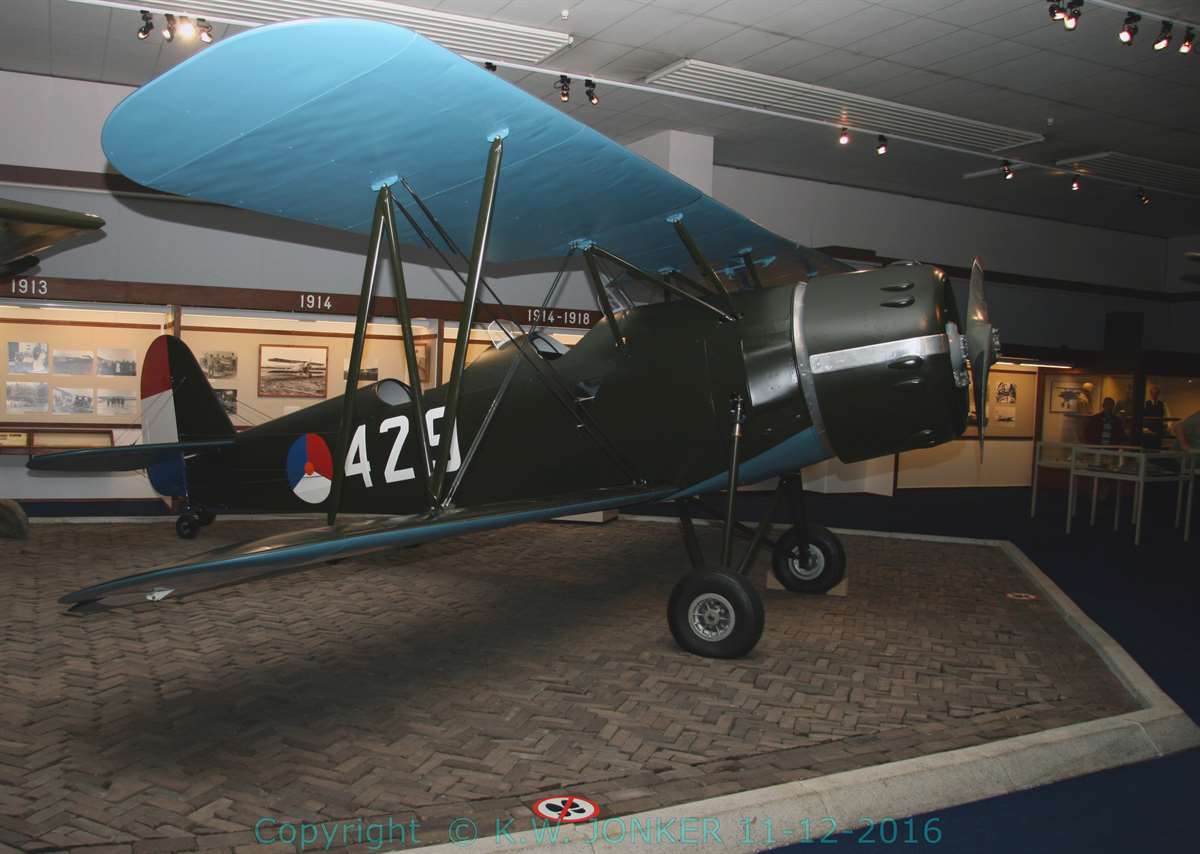
Koolhoven FK.51 (replica) 429, photographed in 2010 at the Military Aviation Museum at Soesterberg.
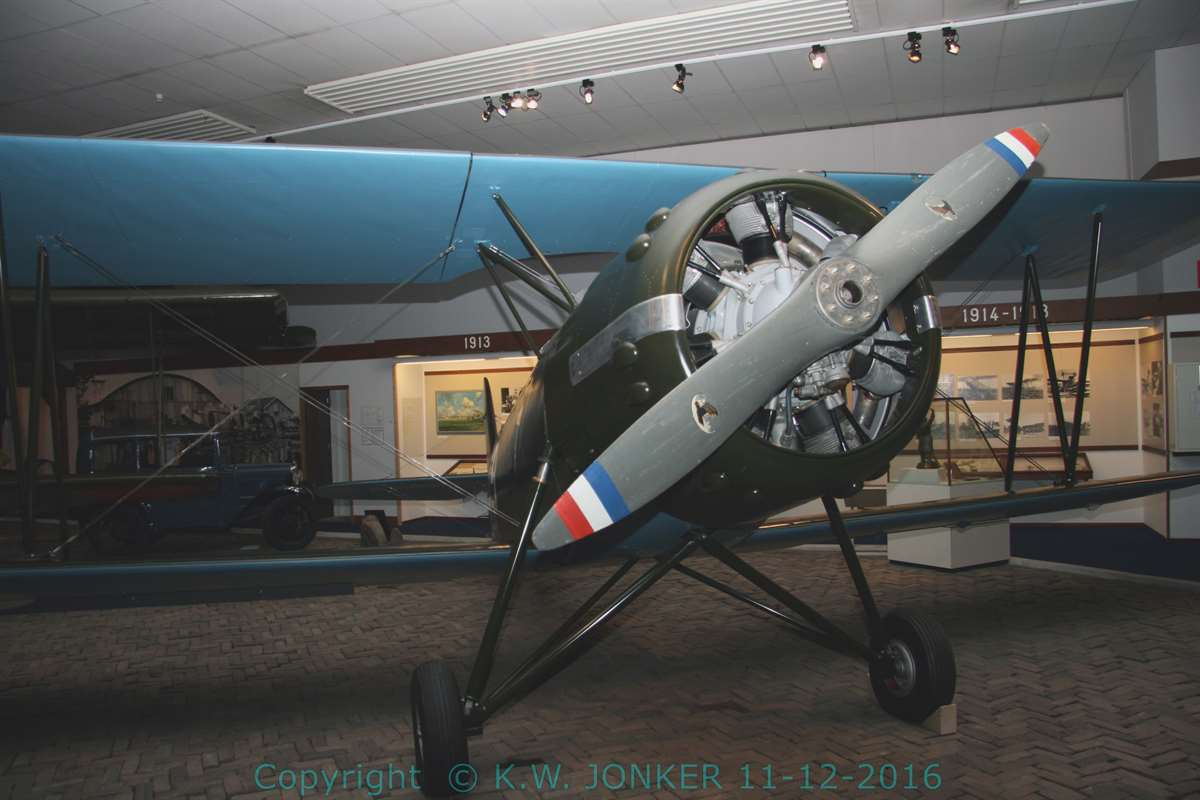
Koolhoven FK.51 (replica) 429, photographed in 2010 at the Military Aviation Museum at Soesterberg.
>
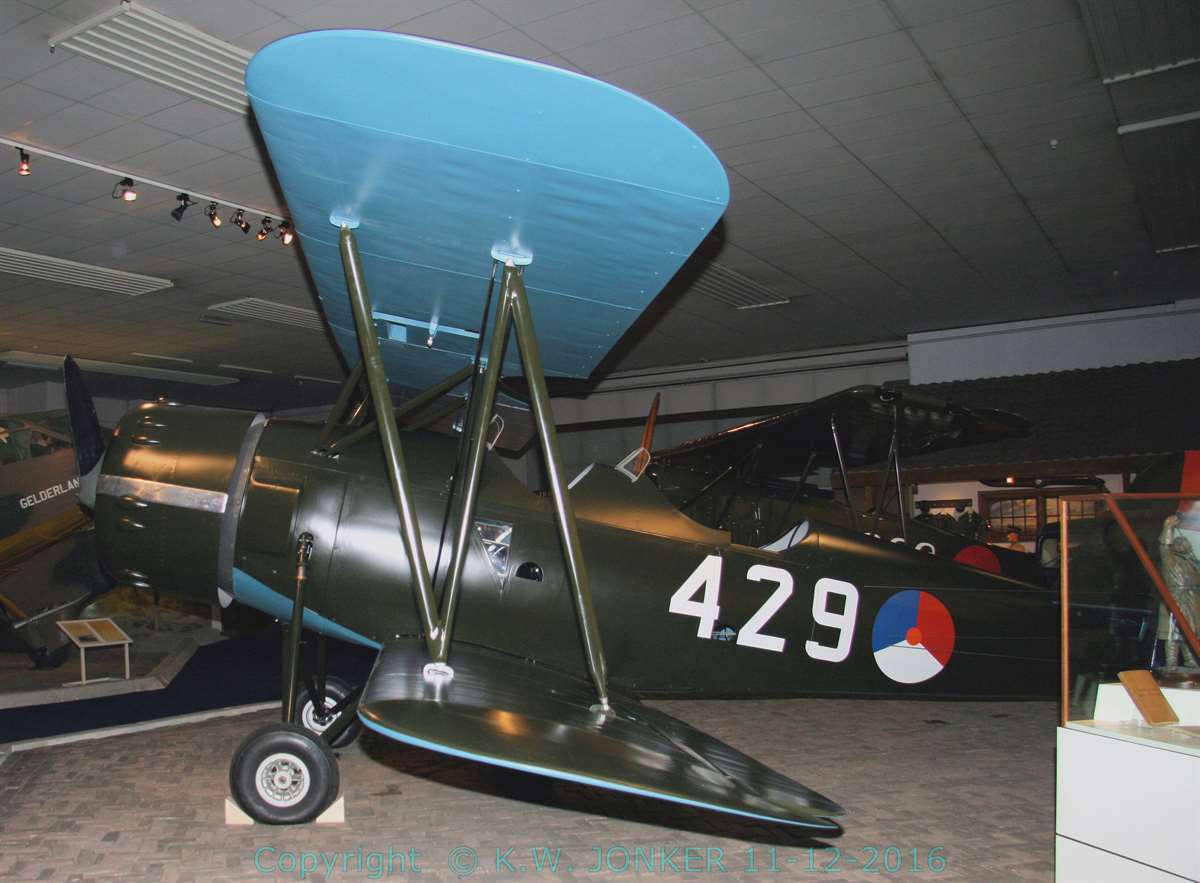
Koolhoven FK.51 (replica) 429, photographed in 2010 at the Military Aviation Museum at Soesterberg.
The scouts were placed with 2LvR and divided into four groups.
These groups were stationed as follows; 1st reconnaissance group, I./2 LvR was stationed with four aircraft at Hilversum; II./2LvR was stationed at Ypenburg with five FK.51s ; III./2LvR was based at Ruigenhoek with four aircraft and finally IV./2LvR was stationed at Gilze-Rijen with five aircraft.
During the war days they were not used for reconnaissance.
On May 10, 1940 one FK.51 was lost at Hilversum during the attack in the early morning, two other FK.51s were damaged. The same day the remaining aircraft were evacuated to Middenmeer and later flown to Ruigenhoek.
The remaining aircraft were destroyed there after the capitulation.
During attacks KF-51 421 was damaged was at Gilze-Rijen. The group IV./LvR was instructed to evacuate to Haamstede; The 415 was not flyable so only 411 left with two Fokker C.V to Haamstede and shortly thereafter shot to fire.

[Enclosed photo from BeeldBank NIMH. Click on photo for ordering information]

[Enclosed photo from BeeldBank NIMH. Click on photo for ordering information]

[Enclosed photo from BeeldBank NIMH. Click on photo for ordering information]

[Enclosed photo from BeeldBank NIMH. Click on photo for ordering information]

[Enclosed photo from BeeldBank NIMH. Click on photo for ordering information]
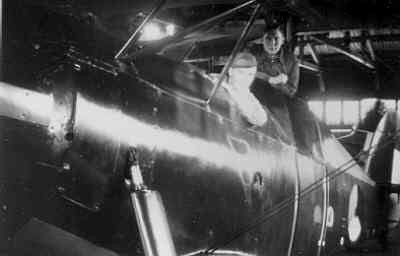
[Enclosed photo from BeeldBank NIMH. Click on photo for ordering information]
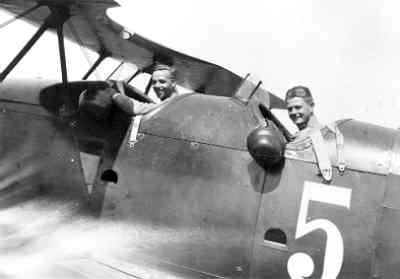
[Enclosed photo from BeeldBank NIMH. Click on photo for ordering information]

[Enclosed photo from BeeldBank NIMH. Click on photo for ordering information]
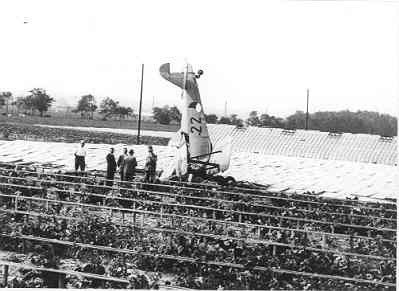
[Enclosed photo from BeeldBank NIMH. Click on photo for ordering information]
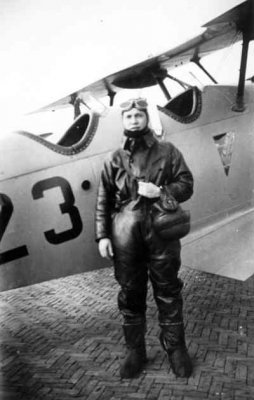
[Enclosed photo from BeeldBank NIMH. Click on photo for ordering information]

[Enclosed photo from BeeldBank NIMH. Click on photo for ordering information]
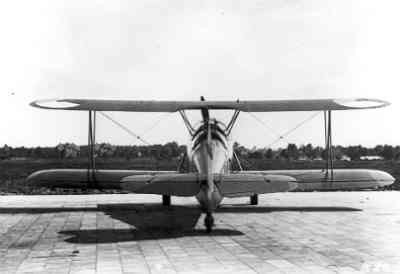
[Enclosed photo from BeeldBank NIMH. Click on photo for ordering information]
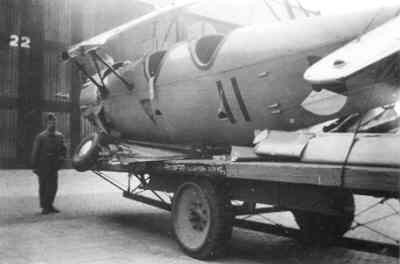
[Enclosed photo from BeeldBank NIMH. Click on photo for ordering information]

[Enclosed photo from BeeldBank NIMH. Click on photo for ordering information]

[Enclosed photo from BeeldBank NIMH. Click on photo for ordering information]

[Enclosed photo from BeeldBank NIMH. Click on photo for ordering information]

[Enclosed photo from BeeldBank NIMH. Click on photo for ordering information]
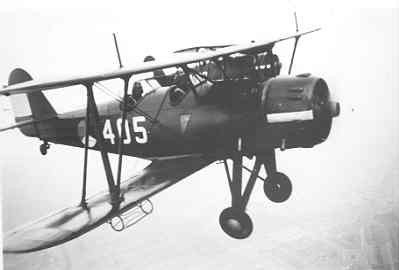
[Enclosed photo from BeeldBank NIMH. Click on photo for ordering information]

[Enclosed photo from BeeldBank NIMH. Click on photo for ordering information]

[Enclosed photo from BeeldBank NIMH. Click on photo for ordering information]

[Enclosed photo from BeeldBank NIMH. Click on photo for ordering information]
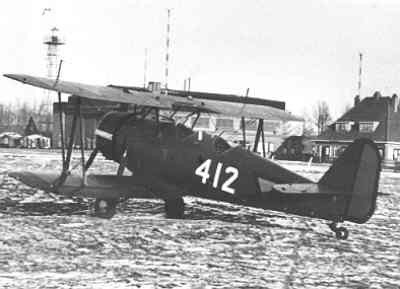
[Enclosed photo from BeeldBank NIMH. Click on photo for ordering information]

[Enclosed photo from BeeldBank NIMH. Click on photo for ordering information]

[Enclosed photo from BeeldBank NIMH. Click on photo for ordering information]

[Enclosed photo from BeeldBank NIMH. Click on photo for ordering information]
In service with RNlNAS.
In August 1935 the Koolhoven FK.51 was evaluated at naval air station De Kooy Partly under the influence of the order by the LVA, it was decided to order a series of FK.51s to replace the Fokker D.VII and Fokker C.I for the continued flight training. On August 1, 1936 a first batch of six aircraft was ordered. These were fitted with a Wright Whirlwind R-975-E1 radial engine. The devices could eventually be converted for reconnaissance . On June 18, 1937 a second order for a further nine aircraft followed. The last three of which were delivered as a scout.
The aircraft proved to be very robust, but had a pretty bad view. Reason to doubt the usability as a scout.
After the accident with the E-1 and E-6, in May 1938, research showed that there were cracks in the wooden Astra durabel propellers, so the FK.51s were grounded between May and August 1938. The air screws were replaced with new screws from Aircscrews Ltd.
Until the early spring of 1940, the aircraft were well used for neutrality patrols, but during the May days they were not operational deployed and all were most probably destroyed during air raids on De Kooy.
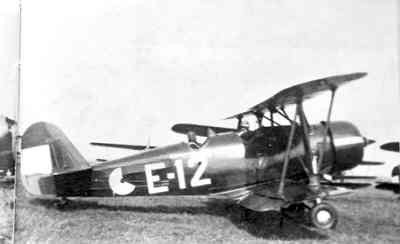
[Enclosed photo from BeeldBank NIMH. Click on photo for ordering information]

[Enclosed photo from BeeldBank NIMH. Click on photo for ordering information]

[Enclosed photo from BeeldBank NIMH. Click on photo for ordering information]

[Enclosed photo from BeeldBank NIMH. Click on photo for ordering information]

[Enclosed photo from BeeldBank NIMH. Click on photo for ordering information]

[Enclosed photo from BeeldBank NIMH. Click on photo for ordering information]

[Enclosed photo from BeeldBank NIMH. Click on photo for ordering information]
In service with NEIAF.
The NEIAF ordered between 1935 and 1939 sixty FK.51s spread over four orders. These were to replace the AVRO 504.
The last fifteen aircraft were not delivered due to the German invasion in May 1940. They stood, awaiting the engines at the factory at Waalhaven and and were completely lost during the bombing on may 10, 1940.
The devices were placed at the flying school at Kalidjati.
In September, the aircraft had, just as in the Netherlands, orange triangles applied and later in 1940, a new registration system was implemented, in which the registration of the remaining devices was increased by 100.
De FK.51 was from 1940, gradually replaced by Ryan STM.
At the outbreak of the war on December 7, 1941 were still about twenty aircraft left, which still were used for reconnaissance and for control of the camouflage.
They were assigned to the third and fifth division of the sixth aircraft group, VLG VI. (3-VLG-VI and 5-VLG-VI).
After February 25, 1942, they are no longer operationally deployed. The remaining aircraft that were not destroyed during the bombings, were destroyed on March 8, 1942 at the capitulation.
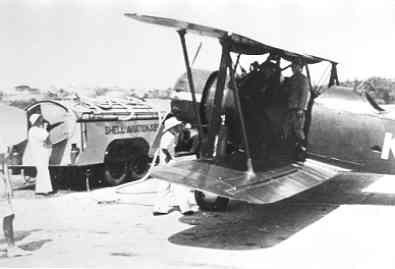
[Enclosed photo from BeeldBank NIMH. Click on photo for ordering information]

[Enclosed photo from BeeldBank NIMH. Click on photo for ordering information]

[Enclosed photo from BeeldBank NIMH. Click on photo for ordering information]

[Enclosed photo from BeeldBank NIMH. Click on photo for ordering information]
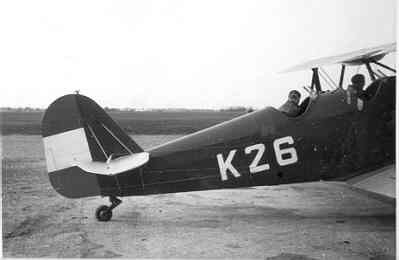
[Enclosed photo from BeeldBank NIMH. Click on photo for ordering information]

[Enclosed photo from BeeldBank NIMH. Click on photo for ordering information]
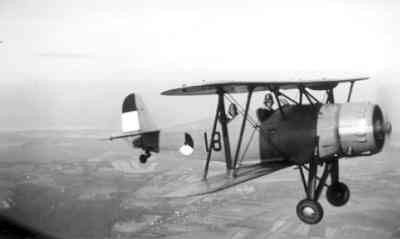
 Nederlands (nl-NL)
Nederlands (nl-NL)  English (United Kingdom)
English (United Kingdom)